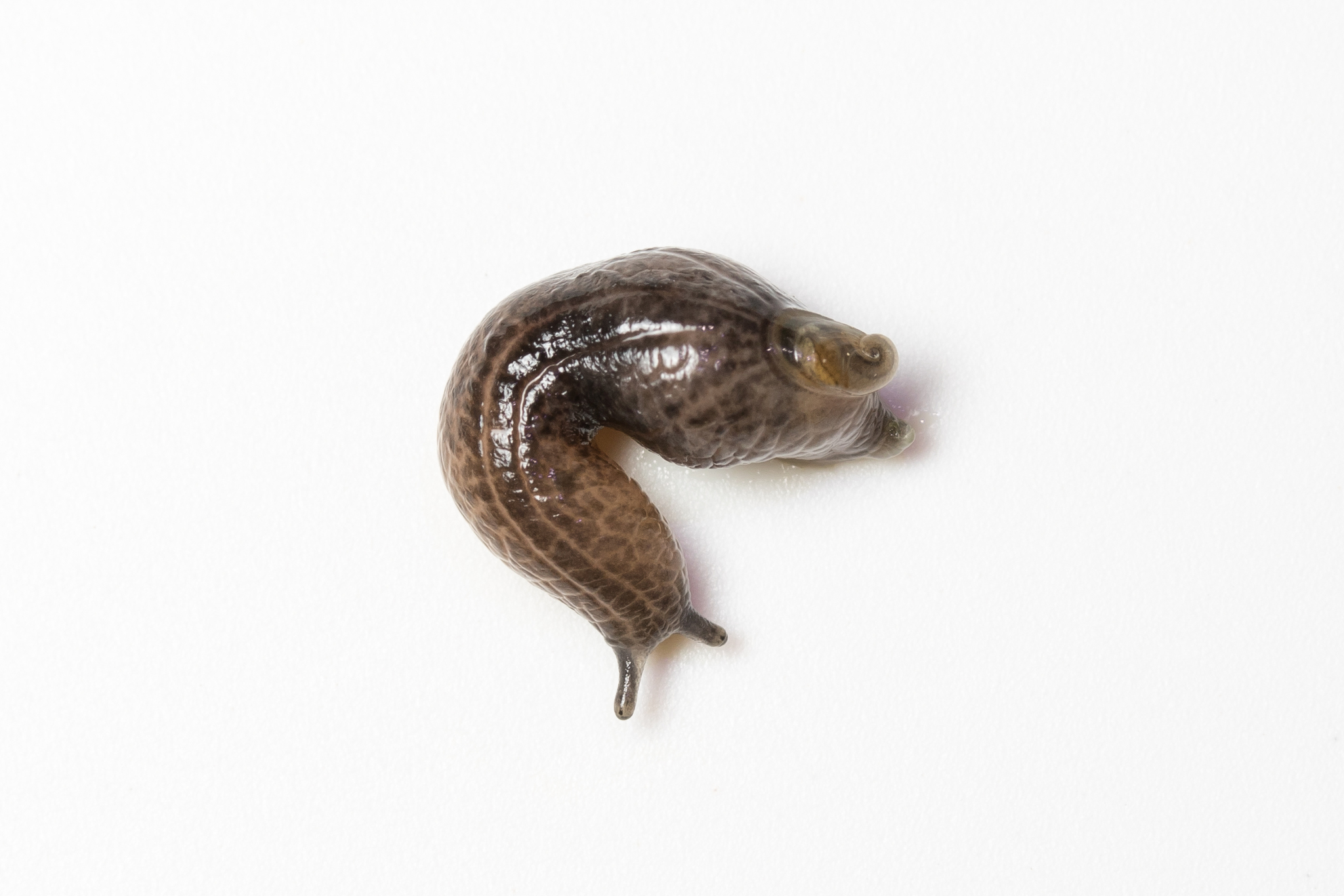LIB researcher describes new predatory snail species from Rhodes

© Konstantinos Kalaentzis
Two Greek islands, two different predatory snails: Bernhard Hausdorf described a predatory snail from Rhodes, which had previously been erroneously identified with a species from Crete. The basis for this was provided by Konstantinos Kalaentzis on a citizen science platform who was able to find and photograph the species alive for the first time.
Kalaentzis, a local biologist, was the first to observe a living animal of the species on Rhodes. LIB researcher Prof. Dr. Hausdorf, Head of the Mollusca Section at the Hamburg site, became aware of the animal’s photo on the online platform “iNaturalist“, on which citizen scientists can post pictures of plants and animals, including where they were found. Hausdorf helps with species identification on the portal as an expert on molluscs.
The representatives of the Daudebardiinae, to which the new species belongs, are rare semislugs that only have a shell rudiment, live underground and feed mainly on earthworms. Until now, only the rudimentary shells of a representative of this group were known from the island of Rhodes. Since the species found on Crete has very similar shells, the finds from Rhodes were previously classified with this species.
When Hausdorf came across the photo of the rare semislug from Kalaentzis, he drew his attention to the significance of the finding. Thereupon, his Greek colleague sent him a preserved animal for an examination of the anatomy and genetics. Hausdorf was able to clearly distinguish the new species, the Rhodian predatory snail Libania rhodia, from the similar Cretan predatory snail Lotharia cretica on the basis of differences in the genitalia and DNA sequences.
A dated phylogenetic tree based on the DNA sequences indicates that the split of the Rhodian and Cretan predatory snails already occurred in the Miocene: “Both species go back to an ancestor that reached the islands from the east. The split of the two species probably took place before the formation of the mid-Aegean trench, which separated Crete from the eastern Aegean islands and Anatolia,” Hausdorf summarises.
The results are published in a new research article in Journal of Zoological Systematics and Evolutionary Research.
Contact:
Prof. Dr. Bernhard Hausdorf
Head of Section Mollusca
Leibniz Institute for the Analysis of Biodiversity Change – Hamburg
Tel.: +49 40 42838-2284
E-Mail: hausdorf@zoologie.uni-hamburg.de


